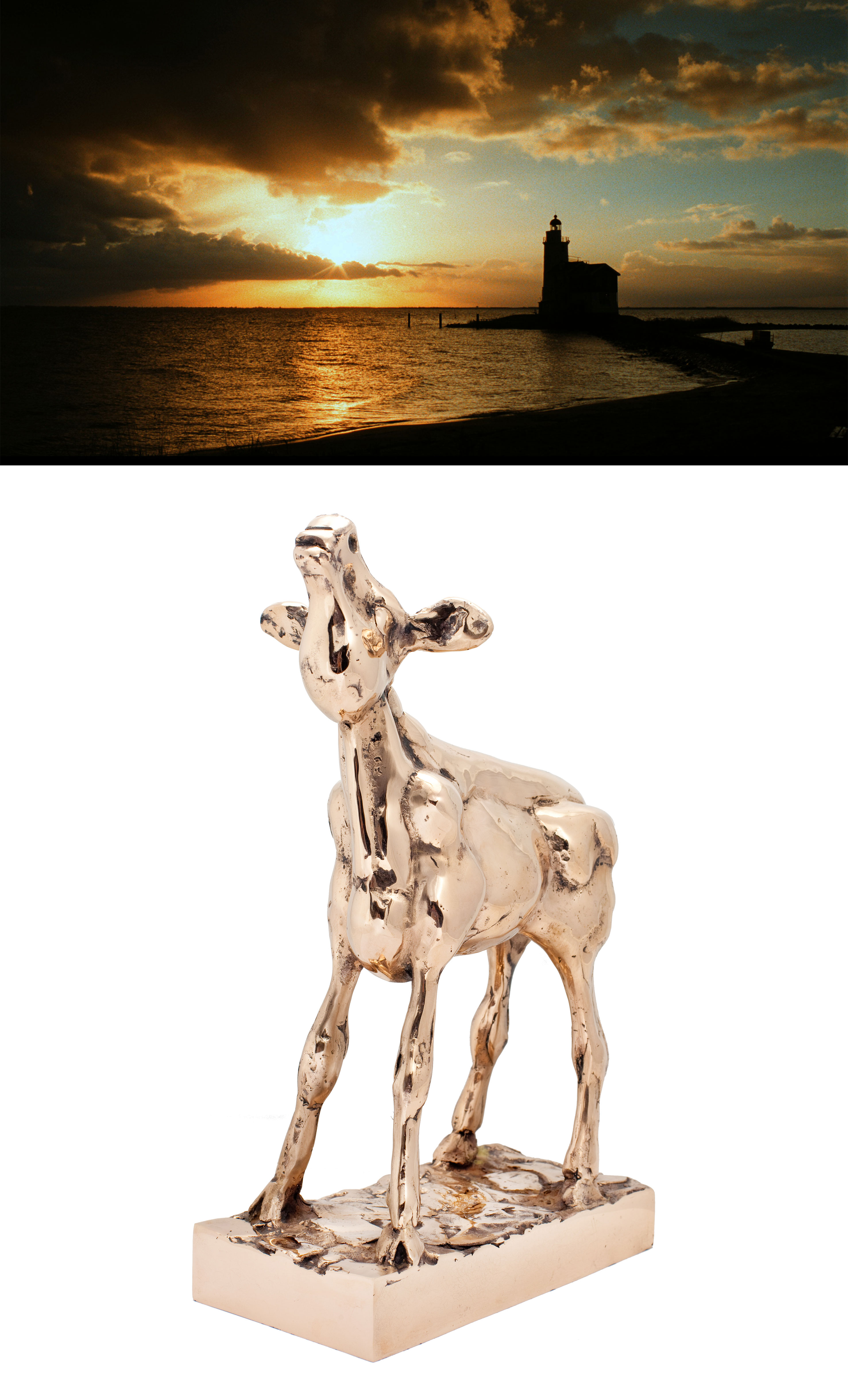
DUTCH LIGHT looking as a new experience.
DUTCH LIGHT is a documentary film about myth and reality of the Dutch light. A film about the special quality of Dutch light which was discovered and celebrated in art. Without it, the work of artists like Johannes Vermeer, Philips Koninck and Jan van Goyen would not have been the same. Nor would that of more recent artists such as Mondriaan or The Hague School, or even painters working today.
But the German artist Joseph Beuys suggested that it lost its extraordinary radiance after the reclamation of large parts of the Zuyder Zee in the mid-1950s. And that, he said, brought an end to a visual culture that dated back to the 17th century. According to Beuys, sight was the only sense the Dutch possessed. But by reclaiming that glittering inland sea that reflected light so beautifully they succeeded in blinding themselves.
DUTCH LIGHT breaks new ground by examining this celebrated but elusive phenomenon. Artists, art historians and scientists answer some of the questions raised by Joseph Beuys’s hypothesis and the myth of Dutch light.
What is Dutch light? Does the phenomenon of Dutch light still exist? And if it does, how does it differ from the light in the South of France, which had such a profound influence on Vincent van Gogh? Is it different from the dry light of the desert? Does it still have an impact on art today? Or does it have more to do with our powers of observation? What is fact, what is fiction and what is myth?
DUTCH LIGHT was filmed over a 12-month period on location in The Netherlands, Provence and the Painted Desert in Arizona, where the American James Turrell has spent the past 30 years creating a work of art through the medium of light in the crater of a volcano. James Turrell and Jan Andriesse, the Dutch artists Jan Dibbets and Robert Zandvliet, and art historians Ernst van de Wetering and Svetlana Alpers share their personal and often contradictory views on the subject of Dutch light. Günther Können and Vincent Icke produce scientific evidence for and against Beuys’s hypothesis.
And the camera returns, time and again, to the dike linking Marken with Monnickendam. For 12 months, it recorded the same scene, transformed by the changing light at different times of the day and in different seasons. The images are both stark and compelling. The makers of the film are optimistic about its impact: ‘If we can make people aware of light and aware of the way they look at things, we will have achieved what we set out to do’.